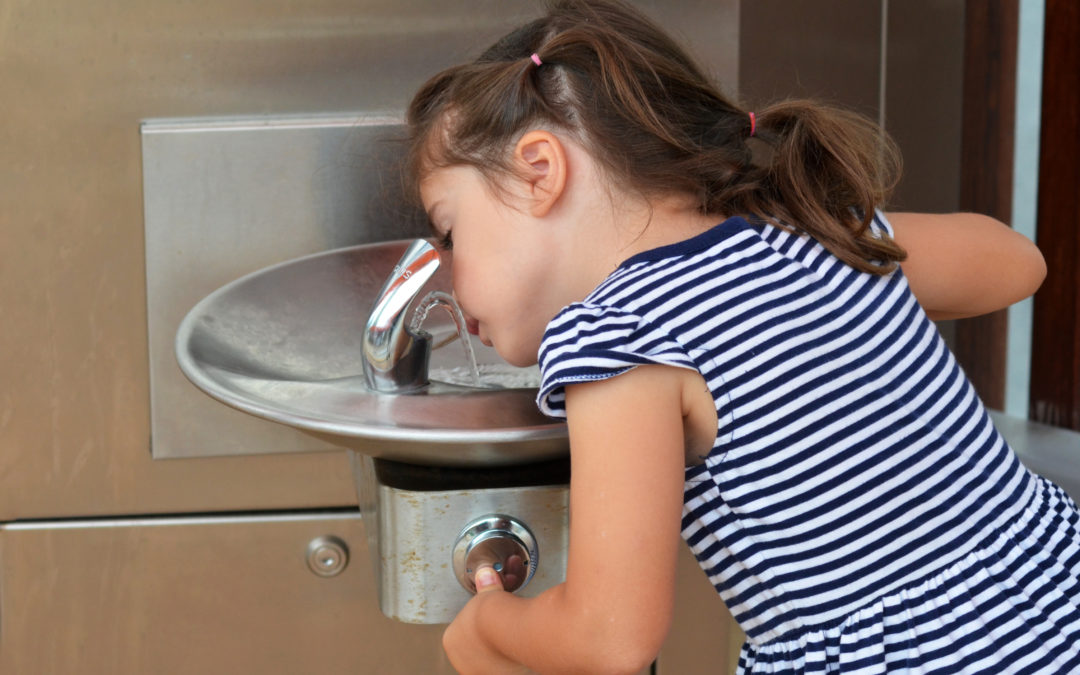5
March, 2019
Q: Are schools required to test for lead in water?
A: The majority of states do not require schools to test their drinking water for lead. This, along with insufficient funding and education for water infrastructure, arguably explains why we feel there is a lead crisis in U.S. schools. If it weren’t for the media attention surrounding lead levels in water in Flint, Michigan, there could still be very little awareness about the issue.
Fortunately, there is progress is being made as states and municipalities are beginning to establish their own regulations for testing drinking water for lead. Illinois, New Jersey, and New York are some of the first states to implement these new policies.
Q: How bad is the lead in water situation in schools?
A: The U.S. Government Accountability Office conducted a country-wide poll for lead in schools’ drinking water in 2017. They found that 43% of districts, serving 35 million students, tested for lead. Of those, 37% discovered elevated lead levels and reduced or eliminated exposure.
Combining the probability of finding lead in school’s drinking water with the fact that children are at the highest health risk for lead poisoning, is cause for major concern.
Q: Is flushing a safe method to remediate lead in drinking water?
A: Although some schools might use flushing as a way to address their lead problem, the effectiveness of this method is questionable. New research out of Polytechnique Montreal in Quebec, Canada shows that unsafe lead levels may return within 30 minutes after flushing.
Q: What level of lead in drinking water is considered safe?
A: The Environmental Protection Agency (EPA) sets the action level for lead in drinking water at 15 parts per billion (ppb). However, their minimum contamination level goal (MCLG) is set at zero.
The World Health Organization’s (WHO) guideline is 10 parts per billion (ppb).
The American Academy of Pediatrics (AAP) recommends schools set their limits at 1 part per billion (ppb). The states of Washington and Massachusetts both have pending legislation that could implement protective policies to assure lead levels adhere to the 1 part per billion (ppb) maximum contamination level. Both Washington D.C. and San Diego have a policy of 5 parts per billion (ppb) for their school’s water.
Q: What is the best way to address the issue of lead in drinking water in schools?
A: There are two methods that we would recommend schools to consider when it comes to lead remediation.
The first option to consider is remediation through removing the source of lead, which may include the removal of lead by replacing service lines, internal piping, or lead-bound fixtures. While this solution is very effective, it can be extremely expensive and take one year or more to complete.
The second option to consider is point-of-use filtration. Elkay®, a trusted name in water delivery for more than four decades, offers point- of-use bottle filling stations with filters that are NSF certified to NSF/ANSI 42 and 53 for reduction of lead, Class 1 particulate, chlorine, taste and odor.
Q: What are the health dangers of being exposed to lead in drinking water?
A: Lead is harmful to health, especially in children, and can result in lowered IQ, behavioral problems, brain damage and more.
Q: As a school, how can I test my drinking water for lead?
A: The best way to test your school’s drinking water for lead is to work with a state-certified lab. The EPA’s website provides a list of certified labs by state. Many states or cities have free testing programs so check with your local agencies.
If you have additional questions about lead in drinking water, please leave a comment below and we’ll do our best to respond with an answer as soon as possible.



